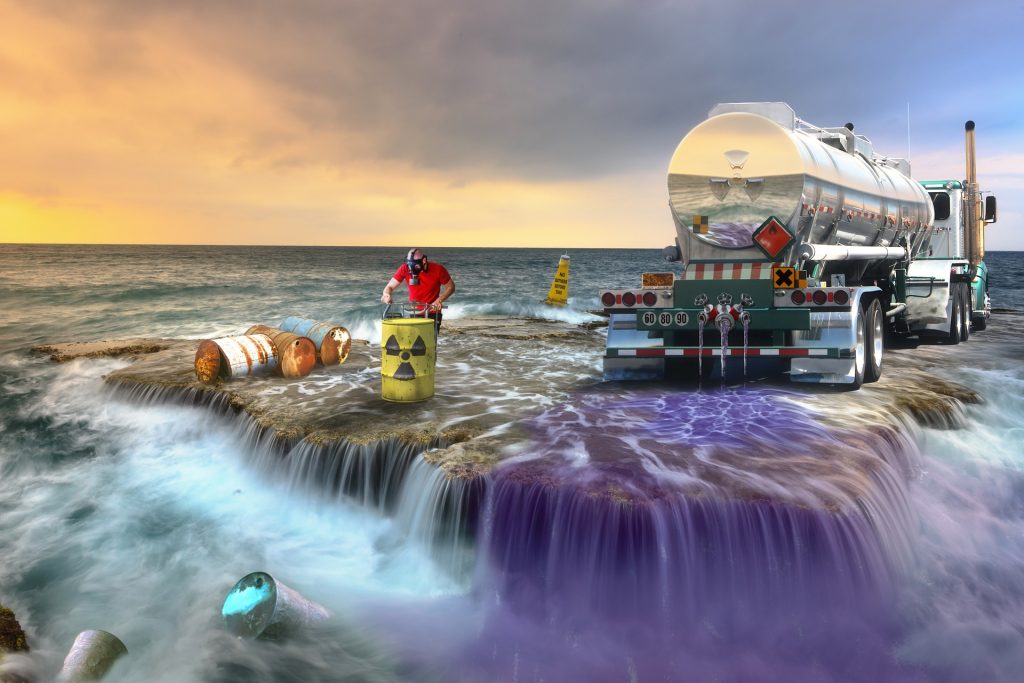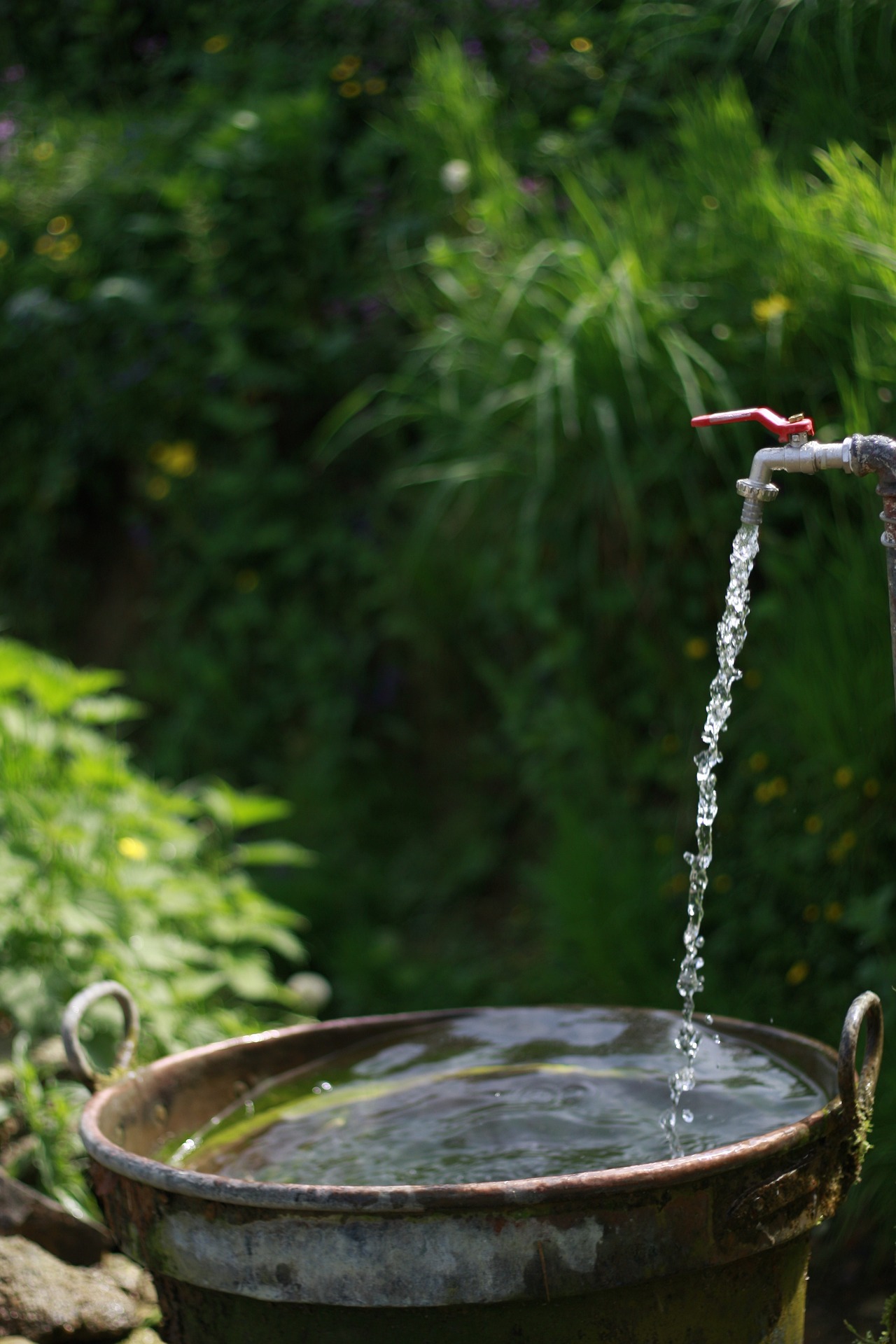Innovations for Human Waste Management
Anmaria Eldhose; Daniel Oladipo; Felipe Rodriguez Fonseca; Lorna Soriano; and Riva Jeramy Abcede

Introduction
As humans—like every other living creature—metabolism ensures the sustenance of our bodies, allowing us to ingest, process, and eject; every process being as equally important as the other. While our survival instincts propel us to seek food to keep us alive, we have somehow forgotten or chosen to pay less attention to properly disposing of our human waste, and this isn’t without its grave consequences.
Human excretion is the main agent in carrying diseases, and the failure of governments to provide safe toilets for millions exposes people to whatever diseases the human waste is carrying, inevitably increasing the mortality rate and medical budget by millions.
This body of work gives an insight into human waste disposal and suggests possible solutions for its improvement.
Topic Overview
As a consequence of the increasing population in the world, there was a hike in human waste too. To reduce the risks of this issue, we need to use standard practices associated with waste management. “A recent modeling study found that wastewater adds around 6.2 million tons of nitrogen to coastal waters worldwide per year, contributing significantly to harmful algal blooms, eutrophication, and ocean dead zones”; everything from drugs to microplastics in human waste has catastrophic impact on ocean life, consequently increasing the issue of climate change. (Mobray, 2022a).
Human waste is an issue throughout the world. In India, about 78% of sewage generated in India remains untreated (“‘78% of sewage generated in India remains untreated’,” 2016). In addition, in the Philippines only 11% of the total population is directly/indirectly connected to a sewerage system, 85% are served by over 2 million ill-maintained septic tanks, and 4% of the population has no toilet (Claudio, 2015). That is the reason several organizations are pushing to have a more sustainable method of human waste management. Human waste can be converted into energy resources or fertilizer and much more. In addition, an organization such as Ocean Sewage Alliance brings together researchers and practitioners seeking to transform our concept of waste, seeing it instead as a useful renewable resource that doesn’t have to pollute (Mobray, 2022). Reusing waste, once properly treated, could help reduce reliance on agricultural fertilizers, tackle freshwater security, and provide renewable energy sources.
For information on how to access the transcript for this video, see
Local and Global Perspectives
India
The Center for Science and Environment and Down To Earth magazine reveal how Indian cities are improperly disposing of human waste. About 78% of sewage generated in India remains untreated. India mostly generates 1.7 million tonnes of human waste a day (“‘78% of sewage generated in India remains untreated’,” 2016).
As a recommendation to deal with the human waste management problem, the Centre for Science and Environment made some plans such as: investing more in local water systems, reducing water demand, spending more on sewage instead of on water plants to recycle and reuse every drop, and also to connect water conservation to sewage management (“‘78% of sewage generated in India remains untreated’,” 2016).
The Philippines
Another example would be the Philippines where of the total population, only 5% are connected to a sewer network. As such, the percentage of contaminated groundwater goes up to 58, and only 10% of wastewater is actually treated. Flush toilets with septic tanks are the norm, and as proper disposal stations and sludge treatments are scarce, wastewater is expelled into the ocean untreated. In fact, “According to the UNIDO study, approximately 2,000 cubic meters of solvent wastes, 22,000 tons of heavy metals, infectious wastes, biological sludge, lubricants, and intractable wastes, as well as 25 million cubic meters of acid/alkaline liquid wastes are improperly disposed of annually in Metro Manila alone (Claudio, 2015).
Canada
In Canada, solid waste is treated by the city’s sewage plant. Most of it is incinerated with the leftovers being scattered across farmlands. However, many people flush more than their own waste, even going as far as industrial materials like paint (CBC News, 2000). Many farmers benefit from these residues, which are used to optimize their crops. As an example, the Halton Region (West Toronto) “has been spreading human waste on fields for about three decades, and the municipality’s seven wastewater treatment facilities now generate about 11,000 tonnes of usable biosolids annually” (CBC News, 2014). “The 720 kilos per capita of waste produced annually by every Canadian is about twice what is produced per capita in Japan, and as much as 10 times what is produced by a half-dozen countries in Africa”; which is disconcertingly more than that of the United States by seven percent (Wilkins , 2017).
Critical Analysis
It is an eye-opener that almost half of the world’s population does not have access to sanitation facilities. After almost 250 years of the flush toilet’s invention, around half the global population has been forced to resort to unsafe sanitation facilities; “half a million children under age 5 perish every year from diseases like typhoid, diarrhea, and cholera.” As a result of the rise in sickness, there has been an estimated loss of US$223 billion per year. The need for cost-effective, safe sanitation services is crucial for the improvement of the quality of life of billions all over the world (Kone , 2021).
Doulayne Kone (2021), deputy director of the Bill and Melinda Gates Foundation, reiterates the use of the toilet and its innovation. He believes that there are a variety of ways that people can use it in a healthier way, and has provided different innovations from countries such as the toilet fair that happened in Seattle (2012), in which 29 participants from countries showed off a variety of inspired designs from a solar-powered toilet that generated hydrogen and electricity to others that turned human waste into charcoal or fuel gas. In addition, in 2015, Janicki Omni was able to produce clean water from feces; it can also convert waste into water and electricity. The Foundation is working to persuade the public to achieve its goal of getting safe sanitation facilities soon enough. Reinventing the toilet not only seeks accessibility but also to help optimize human waste by using it sustainably, such as for renewable energy and other possible innovations.
With this, we can see the economic and human impact of having an object like a toilet can generate. Undoubtedly, it is an invention that has helped all of humanity, but unfortunately, more efforts are needed to make it accessible.
Local and Global Solutions

Human waste management is a large-scale problem that is facing the world today. It impacts human health, ecosystems, and even our climate system too. Solving the problem requires working with communities by providing adequate sanitation and adapting aging sewage systems to a rapidly changing world.
Firstly, as a solution, we need to transform our concepts into vision, from waste to resources. For example, Nitrogen and Phosphorus are critical resources in human waste, which is currently used to fertilize agricultural land. The amount of human excrement produced annually, even while polluting aquatic ecosystems, has the potential to replace 25% of the nitrogen. (Mobray, 2022b).
Several organizations are dealing with this waste issue; some of them are making innovations using human waste as a way of power, some are like focusing on innovation to improve sanitation, etc. These organizations mostly focus on developing countries such as Ghana, some parts of Southeast Asia, and India.
The International Water Management Institute (IWMI) led an innovative idea in Ghana to come up with ways to extract economic value from what most consider to be worthless, human excrement. IWMI’s mission is to provide water solutions for sustainable, climate-resilient development. They focus on achieving a water-secure world. IWMI targets water and land management challenges faced by poor communities in developing countries, which contributes towards achieving the Sustainable Development Goals of reducing poverty and hunger and maintaining a sustainable environment. They innovate a process in which you can use human waste for safe fertilizers, which they called Fortifier (Ross & Sticklor, 2022).
In addition, the Gates Foundation is focusing on formulating ideas that help to innovate human waste management, specifically toilet innovation. They promote policies and practical steps as a guideline for governments to establish more appropriate sanitation through fecal sludge management—a sanitation strategy that is not dependent on sewers. They also invest in technologies and provide grantmaking that focus on developing and commercializing transformative sanitation technologies; transforming how cities can provide sanitation as a reliable, inclusive service; policy and advocacy; and measurement, evidence, and dissemination. (Water, Sanitation & Hygiene, 2017). UNU-INWEH (Institute for water, environment, and health), Flexi Biogas Solutions and Finca Sanivation share mostly the same concept in dealing with human waste more sustainably. The three organizations focus on the energy equivalent of waste. UNUINWEH specializes in water for development, working primarily with countries in the Global South, and addressing water issues of global significance. They aim to have a safe, organized collection of human excrement in low-resource countries that could produce valuable fuels, as well as invaluable health and environmental benefits. They focus on their project Waste to Wealth strategy, which converts waste into biogas and slurry (UNUINWEH, 2015). Flexi Biogas Solutions is transforming human waste into a BioSanGas system. Their innovative system also provides Bio sanitation hygiene toilets (Flexi BioGas, 2018). Finca’s Sanivation is transforming human waste into an alternative form of fuel for charcoal and wood. They collect human waste and treat it through solar heat treatment by combining it with water, molasses, and charcoal dust. They then put it into a large mixing machine with a rotating circular drum. This spinning motion transforms the mixture into small, rounded balls called briquettes which is an alternative fuel for wood or charcoal (Hallowell, 2019).
With the innovations and solutions of these organizations, we might assume that there is a future for a more sustainable way of dealing with human waste. Also, it will enhance not just people’s way of life but most importantly our Mother Earth.
Conclusion
Historically, the lack of sewage has been a direct variable in the expectation of survival of a community. The communities that do not have this service lack the conditions to develop their populations socially and equitably, and therefore, they are always issues to correct, improvise, and evolve as an essential factor for life. Although advances have been made in the control of human waste management, the development of these systems in some countries, especially in the Third World, is still insufficient. Technological development in sewages, universal access, implementation of devices associated with the production of renewable energies, teaching about consumerism in relation to its impact on the environment and life, and supporting developing countries to build and/or reach better technology in sewages, is an objective that should concern all the inhabitants of planet Earth.

References
‘78% of sewage generated in India remains untreated’. (2016, April 5). Down To Earth. https://www.downtoearth.org.in/news/waste/-78-of-sewage-generated-in-india-remains-untreated–53444
CBC News. (2014, April 22). Earth Day: Is sewage sludge safe for farm fields? CBC. https://www.cbc.ca/news/canada/earth-day-is-sewage-sludge-safe-for-farm-fields-1.2606919
CBC News. (2000, June 2). What happens to human waste? CBC. https://www.cbc.ca/news/canada/what-happens-to-human-waste-1.228924
Claudio, L. E. (2015, April 23). Wastewater management in the Philippines. WIPO – World Intellectual Property Organization. (link opens a PDF in a new window) https://www.wipo.int/edocs/mdocs/mdocs/en/wipo_ip_mnl_15/wipo_ip_mnl_15_t4.pdf
Flexi Biogas. (2018). https://biogas.co.ke/
Hallowell, M. (2019, August 29). Sanivation: Fueling the Waste-to-Revenue Cycle. FINCA International. https://finca.org/blogs/sanivation-fueling-the-waste-to-revenue-cycle
Kone, D. (2021, July 29). The future of sanitation: 10 years of reinventing the toilet. Bill & Melinda Gates Foundation. https://www.gatesfoundation.org/ideas/articles/sanitation-reinvent-toilet?utm_source=GF&utm_medium=TW
Mowbray, S. (2022a, January 11). The thick of it: Delving into the neglected global impacts of human waste. Mongabay Environmental News. https://news.mongabay.com/2022/01/the-thick-of-it-delving-into-the-neglected-global-impacts-of-human-waste/
Mowbray, S. (2022b, January 25). Innovative sewage solutions: Tackling the global human waste problem. Mongabay Environmental News. https://news.mongabay.com/2022/01/innovative-sewage-solutions-tackling-the-global-human-waste-problem/
Ross, E., & Sticklor, R. (2022, January 28). Transforming human waste into an economic opportunity in Ghana. International Water Management Institute (IWMI). https://www.iwmi.cgiar.org/success-stories/transforming-human-waste-into-an-economic-opportunity-in-ghana/
Tomacruz, S. (2021, July 12). Human waste, sewage likely from Chinese ships destroying Spratly reefs. Rappler. https://www.rappler.com/environment/human-waste-sewage-anchored-ships-union-banks-destroying-reefs-spratly-islands/
UNUINWEH. (2015, November 2). Vast energy value in human waste. United Nations University. https://inweh.unu.edu/vast-energy-value-human-waste/#
Water, Sanitation & Hygiene. (2017, December 1). Bill & Melinda Gates Foundation. https://www.gatesfoundation.org/our-work/programs/global-growth-and-opportunity/water-sanitation-and-hygiene
Wilkins, C. (2022, May 16). Canada’s dirty secret. Canadian Geographic. https://canadiangeographic.ca/articles/canadas-dirty-secret/

